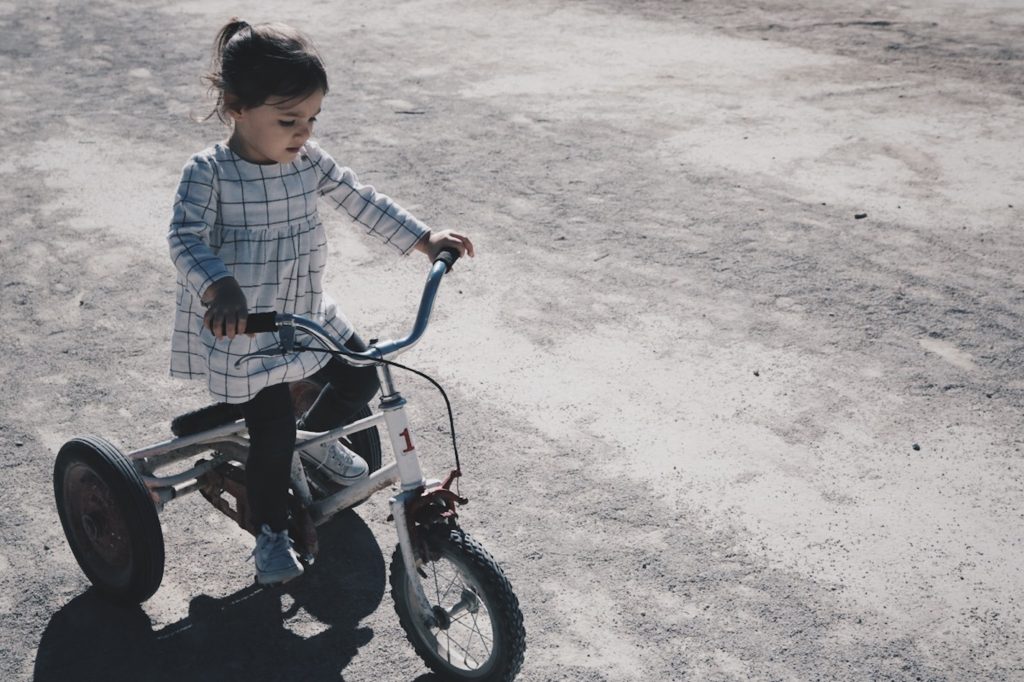When it comes to your child’s playtime, safety and developmental appropriateness are paramount. As children explore the world around them, the toys they interact with play a crucial role in their growth and well-being. Among the array of play options, ride-on toys stand out for their ability to foster physical activity, motor skill development, and imaginative play. In this comprehensive guide, we’ll delve into the factors to consider when choosing safe and age-appropriate ride-on toys for your little ones.
The Importance of Safe and Age-Appropriate Toys
Child Development and Play
Play is an essential aspect of a child’s development, shaping their cognitive, social, and physical skills. Choosing the right toys, especially ride-on toys, enhances their learning experiences and fosters growth.
Safety Considerations
Safety is a non-negotiable aspect of toy selection. The right ride-on toy should not only be entertaining but also provide a secure and risk-free play environment.
Understanding Ride-On Toys
Types of Ride-On Toys
Ride-on toys come in various forms, from classic push-and-pedal trikes to battery-powered cars and scooters. Each type offers unique benefits and caters to different age groups.
Benefits of Ride-On Play
Ride-on toys promote physical activity, helping children develop balance, coordination, and motor skills. Additionally, they encourage imaginative play and provide a sense of independence.
Factors to Consider When Choosing Ride-On Toys
Age and Developmental Stage
Selecting a ride-on toy that aligns with your child’s age and developmental stage is crucial. Toys that match their abilities ensure a safe and engaging play experience.
Size and Weight Limits
Always check the size and weight limits specified by the manufacturer. Ensuring that your child fits comfortably within these limits is essential for their safety and enjoyment.
Safety Features
Look for ride-on toys with built-in safety features such as seat belts, non-slip surfaces, and sturdy construction. These features contribute to injury prevention during play.
Researching Brands and Reviews
Trusted Manufacturers
Opt for reputable and established manufacturers known for producing high-quality and safe toys. Research their track record and commitment to safety.
Reading User Reviews
Reading user reviews from other parents provides valuable insights into the performance, durability, and safety of the ride-on toys you’re considering.
Certifications and Safety Standards
ASTM F963 Standard
Ensure that the ride-on toy meets the ASTM F963 standard, which sets safety requirements for toys to prevent hazards and minimize risks.
JPMA Certification
Look for the Juvenile Products Manufacturers Association (JPMA) certification, which signifies that the toy has undergone rigorous testing for safety and quality.
Inspecting the Toy Before Purchase
Quality of Materials
Examine the materials used in the construction of the ride-on toy. Durable, non-toxic materials contribute to the toy’s longevity and safety.
Sturdiness and Durability
Check for sturdiness and stability. The toy should be able to withstand regular play and maneuvers without tipping over.
Assembly and Maintenance
Clear Instructions
Ensure that the ride-on toy comes with clear assembly instructions. Proper assembly is crucial for safety and optimal performance.
Regular Maintenance
Regularly inspect and maintain the ride-on toy to ensure it remains in good condition. Tighten bolts, replace worn parts, and clean the toy as needed.
Promoting Safe Riding Practices
Supervision and Guidance
Supervise your child’s play with ride-on toys, especially if they are younger. Offer guidance on proper usage and safe riding practices.
Proper Safety Gear
Require your child to wear
appropriate safety gear, such as helmets and knee pads, while using the ride-on toy. This reinforces good safety habits.
Long-Term Value and Adaptability
Growth with the Child
Choose a ride-on toy that can grow with your child. Some models offer adjustable seats or handlebars to accommodate their changing height.
Versatility and Features
Consider ride-on toys with additional features like storage compartments or removable parts that add to the play experience and value.
Conclusion
Selecting safe and age-appropriate ride-on toys involves a thoughtful balance of developmental considerations and safety precautions. By understanding your child’s needs, researching brands, prioritizing safety features, and promoting safe play practices, you can provide them with a playtime experience that contributes to their physical, cognitive, and emotional growth.
FAQs
- Can my child use a ride-on toy if they are below the recommended age?
It’s best to follow the manufacturer’s age recommendations to ensure the toy’s safety features and design match your child’s developmental stage. - Are battery-powered ride-on toys safe for young children?
Battery-powered ride-on toys can be safe for young children if they are designed with appropriate speed controls, stability features, and supervision. - What should I do if the ride-on toy’s parts become loose or damaged?
If you notice loose or damaged parts, discontinue use immediately. Tighten or replace the parts as needed to ensure the toy remains safe. - Can ride-on toys be used indoors and outdoors?
Many ride-on toys are versatile enough to be used both indoors and outdoors. However, ensure the play area is safe and appropriate for the chosen toy. - What’s the best way to teach my child safe riding practices?
Lead by example and consistently reinforce safe riding habits. Emphasize the importance of wearing safety gear and following guidelines while using the toy.


